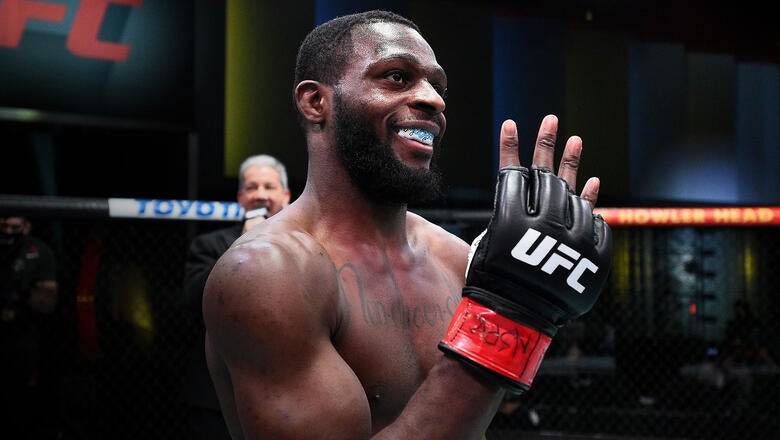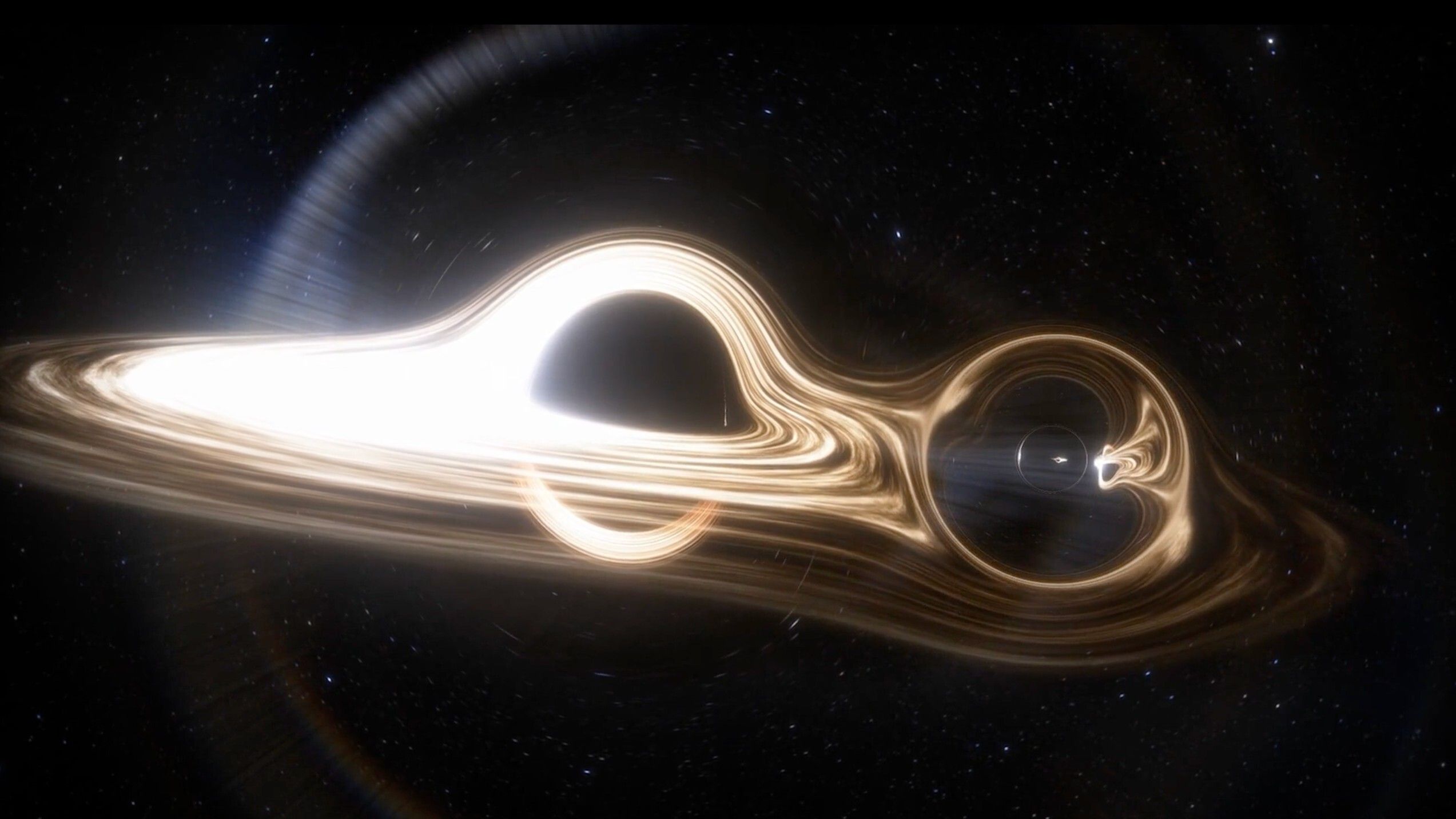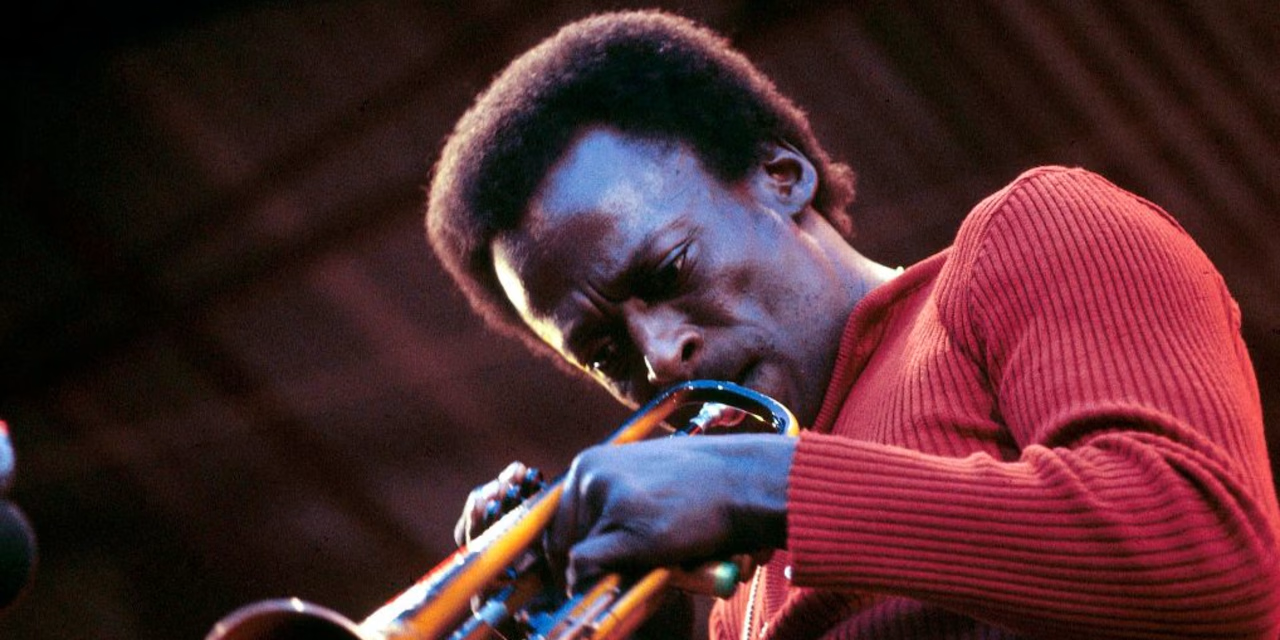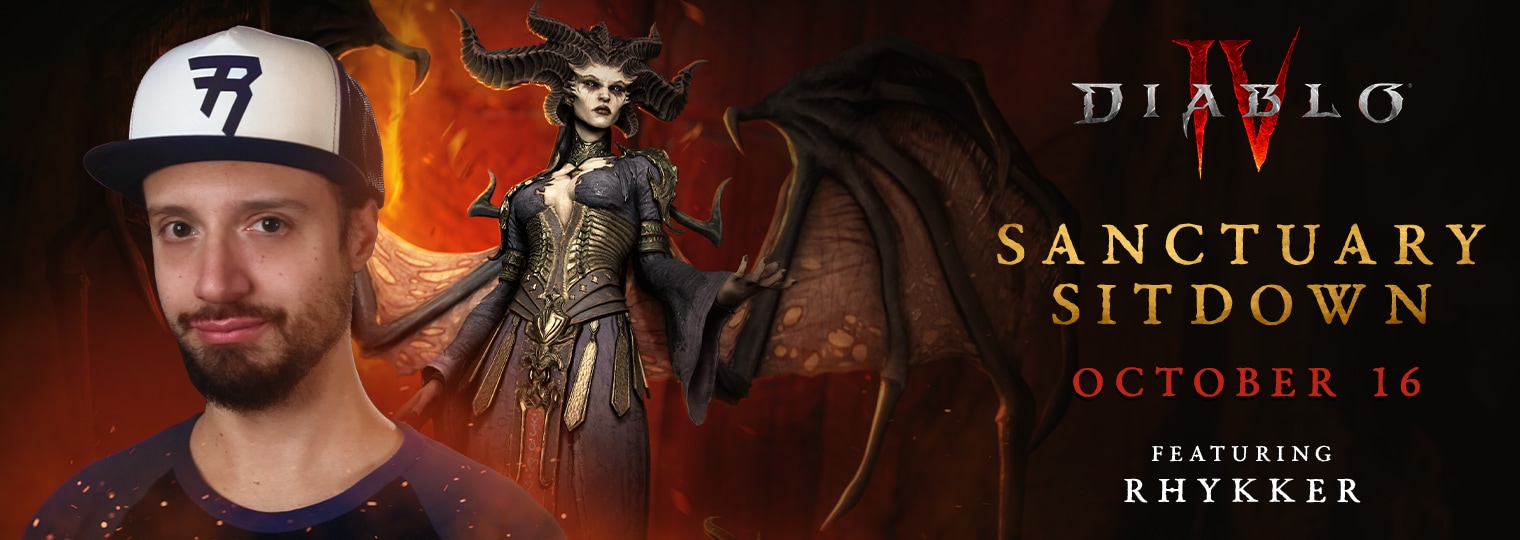Taylor Swift, the queen mother of never taking a stance on anything that doesn’t directly impact her, has reversed course on AI — and her…
Author: admin
-

Even Longtime Swifties Disgusted by Taylor’s Use of AI
Photo by Kevin Winter/TAS24/Getty Images for TAS Rights Management -

Montel Jackson | Rising To The Challenge
Last time out, Jackson didn’t score a finish, but he became the first man to defeat Daniel Marcos, earning the No. 15 spot in the rankings. Now a true contender at 135 pounds, the Wisconsin-native isn’t wasting any time to try and climb the…
Continue Reading
-

Visual confirmation: Groundbreaking image shows two black holes orbiting each other for first time
For the first time ever, astronomers have imaged two black holes orbiting each other, finally offering visual proof for the existence of black hole pairs.
Spotted through the faint fluctuations of radio light captured by telescopes both on the…
Continue Reading
-
Atlantic Aviation taps Cushman & Wakefield as Collaborator to Advance Next-Generation Urban Air Mobility – Cushman & Wakefield
- Atlantic Aviation taps Cushman & Wakefield as Collaborator to Advance Next-Generation Urban Air Mobility Cushman & Wakefield
- Flying taxis are coming to L.A. This developer is already picking places to land them Los Angeles Times
- CWK to Advise on Urban Air Mobility VertiPort Development GuruFocus
- Cushman & Wakefield Tapped To Map Out America’s First Vertiports Bisnow
- Texas FBO Aims to Bring Top Air Taxis to the Busiest Urban Areas in the US autoevolution
Continue Reading
-

Ferrari reveals features of first fully electric vehicle
MILAN — MILAN (AP) — Italian luxury sports carmaker Ferrari raised its 2025 guidance on Thursday, despite global 15% tariffs on foreign car imports to the United States, as the company unveiled the new powertrain and chassis of its first fully electric production vehicle.
Ferrari CEO Benedetto Vigna declined to give target production numbers or a price for the Ferrari Elettrica, which will be delivered beginning late next year, with the design to be revealed in the spring.
Under the carmaker’s new five-year plan, 40% of the product lineup will be the brand’s core internal combustion engines, 40% will be hybrid and 20% will be electric by 2030, with an average of four new launches a year in the period. The new business plan calls for more models with lower volumes of each.
The fully electric vehicle Ferrari Elettrica represents a new segment that Vigna said would bring new buyers to Ferrari. It builds on 15 years of electrification research at Ferrari, starting with Formula 1 technology that was first incorporated into the limited edition La Ferrari hybrid supercar that debuted in 2013.
To maintain the sports car feel and emotions integral to the Ferrari experience, the Elettrica will capture powertrain vibration through accelerometers on the rear axle that will be amplified to create a sports car roar. Drivers also can select five power levels using steering panels to create the sensation of continuous acceleration.
Ferrari also is manufacturing most critical components internally, including the battery system and software. The chassis and body shell will be made out of 75% recycled aluminum, saving 6.7 tons of carbon dioxide per vehicle.
In raising its forecast, Ferrari said that revenues this year would top 7.1 billion euros ($8.2 billion), up from more than 7 billion euros in the previous guideline. Ferrari also targets earnings before interest, taxes, depreciation and amortization, or EBITDA, of 2.7 billion euros with a margin of more than 38.3%.
Presenting its five-year plan, the Formula 1 racing team and sports carmaker that has expanded into luxury goods is projecting net revenues of 9 billion euros by 2030 with and EBITDA of at least 3.6 billion euros on 40% margins.
Chief Financial Officer Antonio Picca Piccon said that the confirmation of 15% tariffs on European car imports to the U.S. removed “an important element of uncertainty.” The targets were raised based on solid business performance and increased revenues from the sports car business.
Continue Reading
-
Just a moment…
Just a moment… This request seems a bit unusual, so we need to confirm that you’re human. Please press and hold the button until it turns completely green. Thank you for your cooperation!
Continue Reading
-
Just a moment…
Just a moment… This request seems a bit unusual, so we need to confirm that you’re human. Please press and hold the button until it turns completely green. Thank you for your cooperation!
Continue Reading
-

Look Inside Miles Davis’s Iconic Wardrobe
The Miles Davis estate gave WSJ. Magazine access to his personal archive—the first publication to be granted such a look. Stylist Ib Kamara headed to the…
Continue Reading
-

Join the Next Sanctuary Sitdown — Diablo IV — Blizzard News
We’re dialing up the heat in the next Sanctuary Sitdown! In anticipation of the upcoming 2.5.0 update and PTR (Public Test Realm), we’re sitting down with Rhykker to talk all the details coming with this content update.
On October 16, at…
Continue Reading
-
Algeria qualify as Uganda secure vital victory – FIFA
- Algeria qualify as Uganda secure vital victory FIFA
- Egypt qualify for FIFA World Cup 2026 with win over Djibouti Al Jazeera
- Somalia 0-3 Algeria: Riyad Mahrez leads Algeria back to World Cup finals BBC
- Mahrez inspires Algeria to 1st World Cup…
Continue Reading